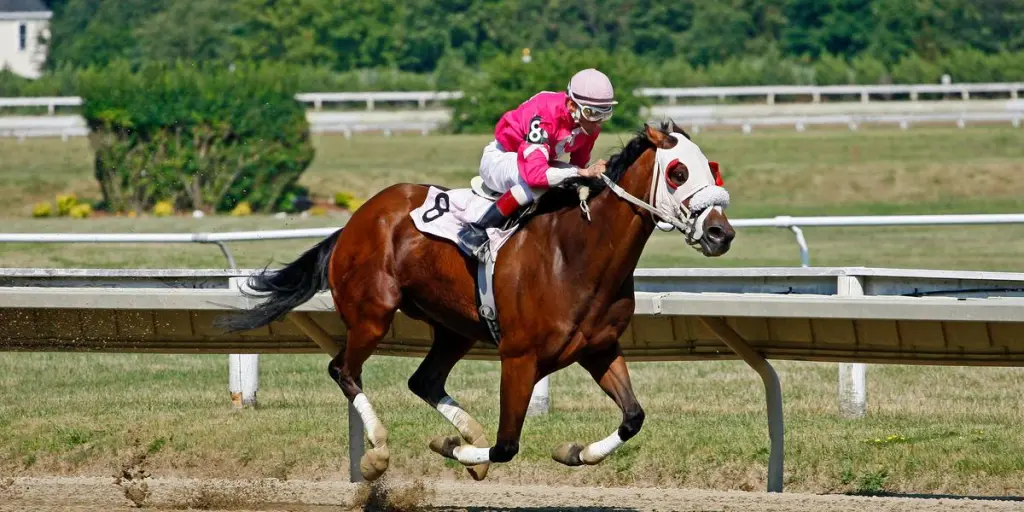Horse riding sports have seen a significant surge in popularity over recent years. This growth is not only evident in the increasing number of participants but also in the expanding market for horse riding gear and accessories. This article delves into the market trends, key demographics, and economic impact of horse riding sports, providing a comprehensive overview of this dynamic industry.
Table of Contents:
Market Overview
Innovative Materials and Design in Horse Riding Gear
Technological Advancements Enhancing Horse Riding
Comfort and Safety: Top Priorities in Horse Riding
Seasonal Trends and Customization in Horse Riding Apparel
Conclusion
Market Overview
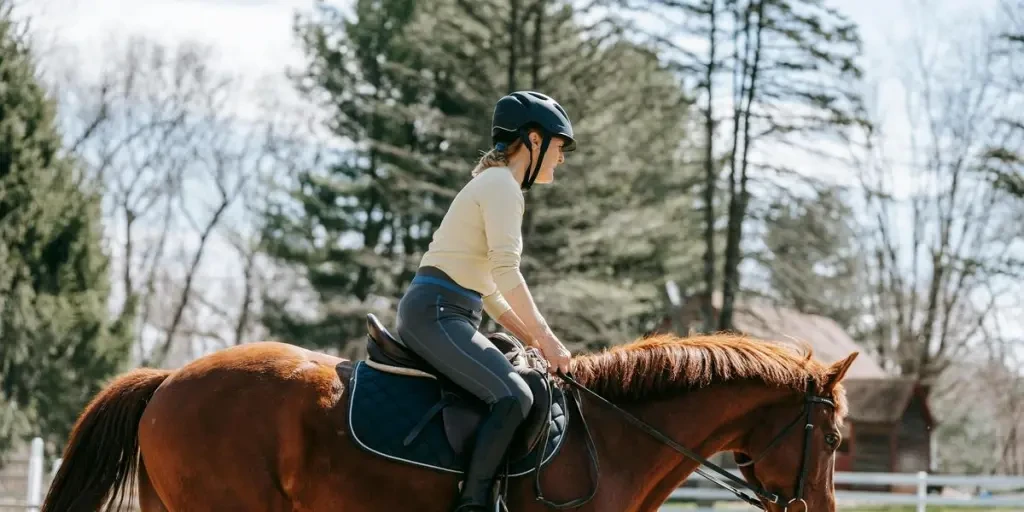
Growing Popularity of Horse Riding Sports
The popularity of horse riding sports has been on a steady rise globally. According to a professional report, the global market for riding boots alone is estimated at USD 2.1 billion in 2023 and is projected to reach USD 2.9 billion by 2030, growing at a CAGR of 4.7% from 2023 to 2030. This growth is driven by several factors, including the increasing enthusiasm for equestrian activities and the rising awareness of the health benefits associated with horse riding.
Horse riding is not just a sport but a lifestyle for many enthusiasts. The sport offers a unique combination of physical exercise, mental relaxation, and a connection with nature, making it appealing to a broad audience. Additionally, the sport’s inclusion in major international events such as the Olympics has further boosted its visibility and popularity.
Key Markets and Demographics
The horse riding sports market is diverse, with significant participation across various regions and demographics. Europe remains the largest market, with a strong foothold of major sports bike manufacturers and a rich equestrian heritage. According to a report by Research and Markets, Europe held a market share of more than 30% in 2018, and this trend is expected to continue.
In the United States, the market is also robust, driven by a deep-rooted equestrian culture and a high disposable income. The U.S. market for riding boots alone was estimated at USD 627.4 million in 2023. The Asia-Pacific region is anticipated to register the fastest CAGR over the forecast period, driven by growing affluence and urbanization. Countries like China and India are seeing a rapid increase in the number of horse riding enthusiasts, contributing to the market’s expansion.
Demographically, horse riding sports attract a wide range of participants, from young children to older adults. The sport is particularly popular among women, who make up a significant portion of the participant base. The increasing participation of women in horse riding sports is one of the key drivers of market growth, as highlighted in a report by Research and Markets.
Economic Impact and Investment Trends
The economic impact of horse riding sports is substantial, contributing significantly to local and national economies. The market for horse riding gear, including riding boots, helmets, and apparel, is thriving. According to a report by Research and Markets, the global riding boots market size is expected to reach USD 2.42 billion by 2030, registering a CAGR of 5.9% from 2024 to 2030.
Investment trends in the horse riding sports market are also noteworthy. There is a growing focus on product innovation and the use of advanced materials to enhance safety and comfort. For instance, key manufacturers like Alpinestars S.p.A and Dainese S.p.A are launching innovative riding boots developed from composite materials. These products are designed to offer maximum safety and comfort, catering to the evolving needs of horse riding enthusiasts.
Moreover, the market is witnessing a shift towards online distribution channels, which are expected to register the fastest CAGR during the forecast period. The convenience offered by online platforms is driving this trend, making it easier for consumers to access a wide range of horse riding gear and accessories.
Innovative Materials and Design in Horse Riding Gear
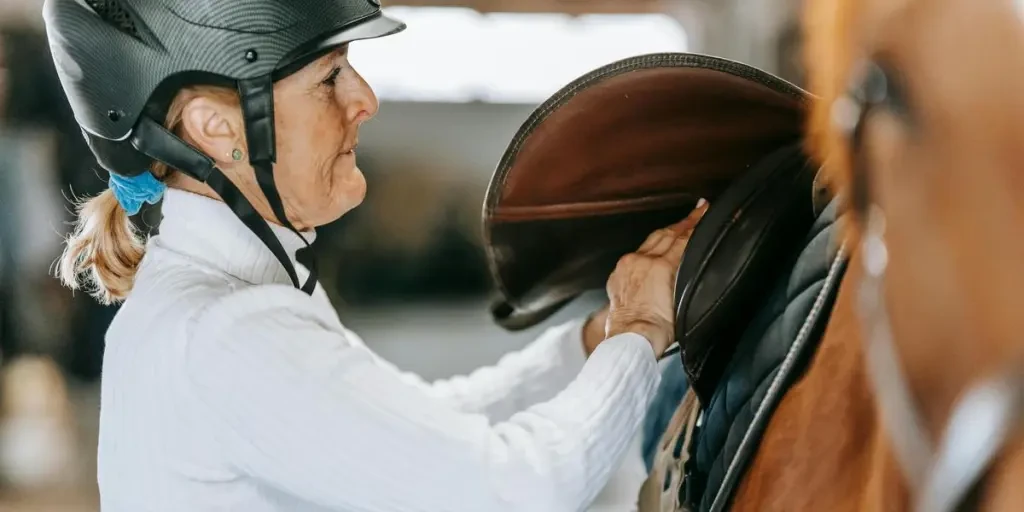
High-Performance Fabrics and Materials
The evolution of horse riding gear has been significantly influenced by advancements in high-performance fabrics and materials. Modern equestrian apparel now incorporates materials that offer enhanced durability, breathability, and moisture-wicking properties. For instance, technical fabrics such as spandex and polyester blends are commonly used in riding breeches and shirts. These materials provide riders with greater flexibility and comfort, essential for maintaining optimal performance during long hours of riding.
Moreover, the integration of advanced materials like Kevlar and Dyneema in protective gear, such as riding vests and helmets, has greatly improved safety standards. These materials are known for their high tensile strength and resistance to abrasion, ensuring that riders are well-protected in case of falls or accidents. The use of such innovative materials not only enhances the functionality of the gear but also contributes to the overall safety and well-being of the riders.
Ergonomic and Aesthetic Design Trends
In addition to high-performance materials, the design of horse riding gear has also seen significant advancements. Ergonomic design principles are now being applied to create gear that not only fits better but also enhances the rider’s performance. For example, riding boots are now designed with contoured footbeds and arch support to provide maximum comfort and reduce fatigue during long rides.
Aesthetic trends in horse riding gear have also evolved, with a growing emphasis on style and personalization. Riders can now choose from a wide range of colors, patterns, and designs to match their personal preferences and style. Customization options, such as monogramming and bespoke tailoring, allow riders to create unique and personalized gear that reflects their individuality. This trend towards personalization is particularly popular among female riders, who are increasingly seeking gear that combines functionality with fashion.
Technological Advancements Enhancing Horse Riding
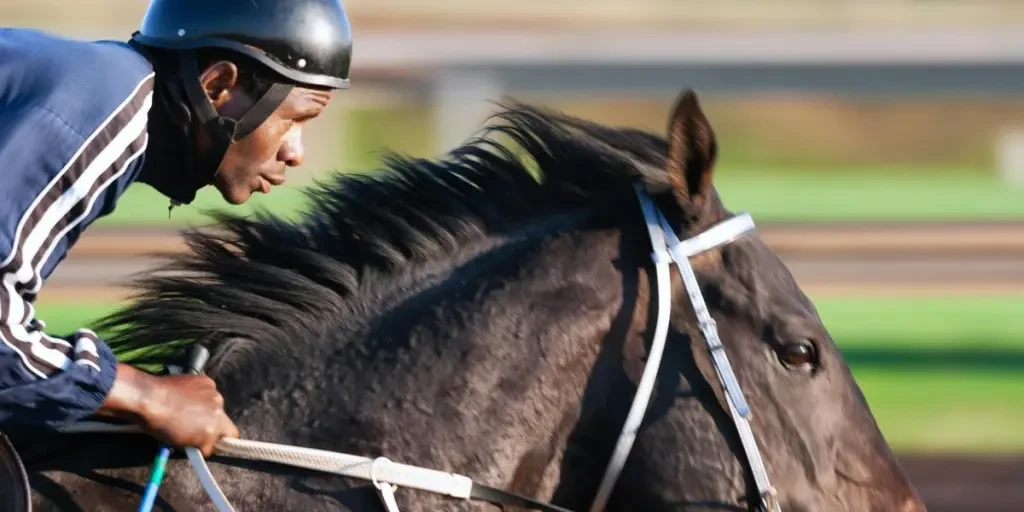
Smart Wearables and Monitoring Devices
The integration of technology into horse riding gear has opened up new possibilities for enhancing performance and safety. Smart wearables, such as fitness trackers and heart rate monitors, are now being used by riders to track their physical activity and monitor their health. These devices provide real-time data on metrics such as heart rate, calories burned, and distance covered, allowing riders to optimize their training and improve their overall fitness.
In addition to wearables for riders, there are also monitoring devices designed specifically for horses. These devices can track the horse’s vital signs, such as heart rate and respiratory rate, and provide valuable insights into their health and well-being. For example, the use of GPS trackers can help monitor the horse’s movement and detect any signs of lameness or injury. Such technological advancements are revolutionizing the way riders and trainers manage the health and performance of their horses.
Advanced Safety Features and Equipment
Safety is a top priority in horse riding, and technological advancements have led to the development of advanced safety features and equipment. One notable example is the introduction of airbag vests, which provide additional protection to riders in case of falls. These vests are equipped with sensors that detect sudden movements and inflate within milliseconds to cushion the impact, reducing the risk of serious injuries.
Another significant advancement is the development of smart helmets, which are designed to provide enhanced protection and comfort. These helmets are equipped with sensors that can detect impacts and alert emergency services in case of an accident. Some smart helmets also come with built-in communication systems, allowing riders to stay connected with their trainers and fellow riders during training sessions.
Comfort and Safety: Top Priorities in Horse Riding
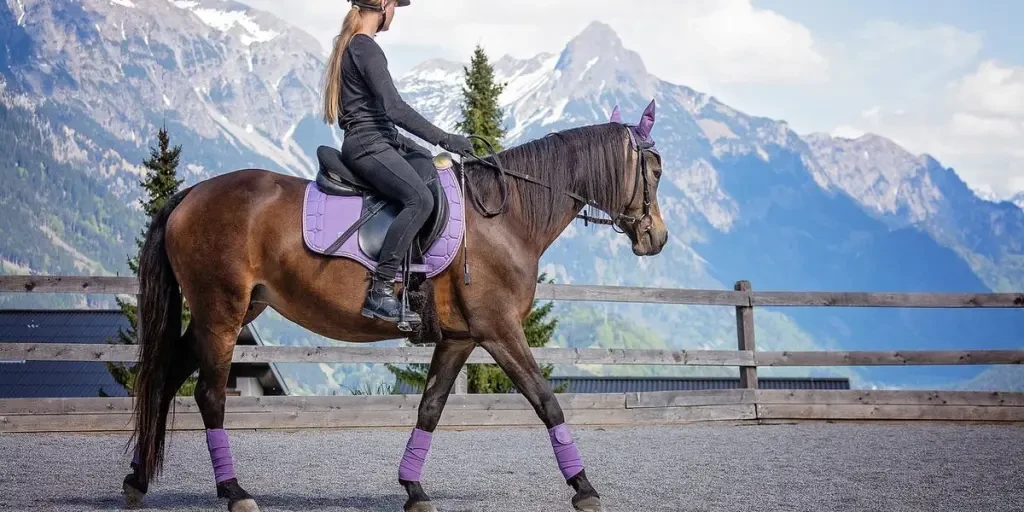
Importance of Proper Fit and Comfort
The importance of proper fit and comfort in horse riding gear cannot be overstated. Ill-fitting gear can cause discomfort and hinder the rider’s performance, while also posing safety risks. For example, poorly fitting helmets may not provide adequate protection in case of falls, and ill-fitting boots can cause blisters and foot pain.
To ensure proper fit and comfort, it is essential to choose gear that is specifically designed for the rider’s body shape and size. Many brands now offer a wide range of sizes and customization options to cater to the diverse needs of riders. Additionally, advancements in materials and design have led to the development of gear that is not only comfortable but also provides optimal support and protection.
Safety Standards and Certifications
Safety standards and certifications play a crucial role in ensuring the quality and reliability of horse riding gear. Various organizations, such as the American Society for Testing and Materials (ASTM) and the European Committee for Standardization (CEN), have established safety standards for equestrian equipment. These standards cover aspects such as impact resistance, durability, and performance, ensuring that the gear meets the highest safety requirements.
Riders should always look for gear that is certified by recognized safety organizations. For example, helmets that meet the ASTM or CEN standards provide assurance that they have undergone rigorous testing and meet the necessary safety criteria. Similarly, protective vests and other safety equipment should also carry relevant certifications to ensure their effectiveness in protecting riders.
Seasonal Trends and Customization in Horse Riding Apparel
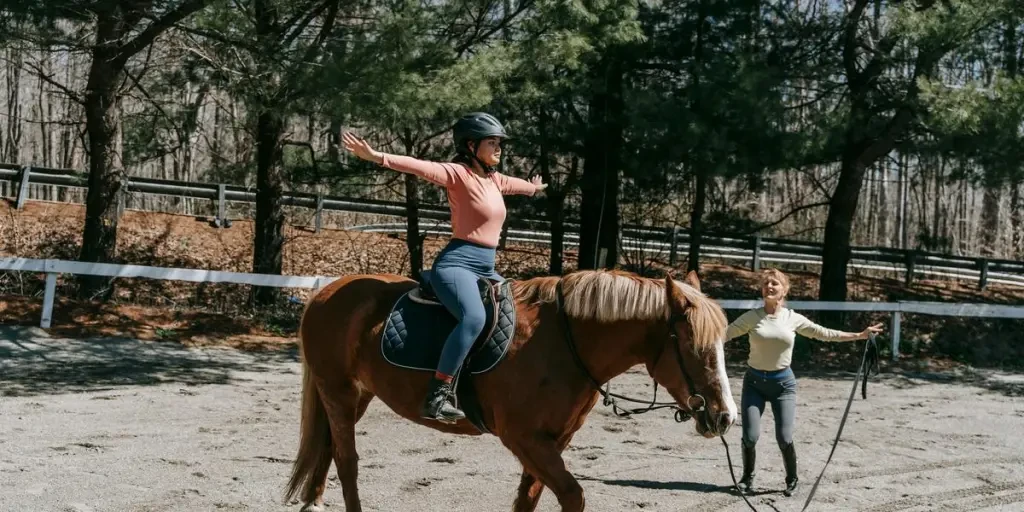
Adapting to Seasonal Changes
Horse riding gear must be adaptable to different seasonal conditions to ensure the comfort and safety of riders. During the summer months, lightweight and breathable fabrics are essential to keep riders cool and comfortable. Moisture-wicking materials, such as those used in technical shirts and breeches, help to manage sweat and prevent overheating.
In contrast, winter riding gear needs to provide adequate insulation and protection against the cold. Thermal layers, insulated jackets, and waterproof boots are commonly used to keep riders warm and dry during cold and wet conditions. The use of advanced materials, such as Gore-Tex and Thinsulate, ensures that the gear is both lightweight and effective in providing insulation and weather protection.
Customization Options for Personalized Gear
Customization options have become increasingly popular in horse riding apparel, allowing riders to create gear that is tailored to their specific needs and preferences. Many brands now offer bespoke services, where riders can choose the fabric, color, and design of their gear. This level of personalization not only enhances the aesthetic appeal of the gear but also ensures a perfect fit and optimal comfort.
In addition to bespoke tailoring, riders can also opt for monogramming and embroidery to add a personal touch to their gear. Customization options are particularly popular among competitive riders, who often seek unique and distinctive gear that sets them apart in the arena. The trend towards personalized gear reflects the growing demand for individuality and self-expression in the equestrian community.
Conclusion
The horse riding industry continues to evolve with advancements in materials, design, and technology, enhancing both performance and safety for riders. The integration of high-performance fabrics, ergonomic designs, and smart wearables has revolutionized the way riders approach their sport. As the industry moves forward, the focus on comfort, safety, and customization will remain paramount, ensuring that riders have access to gear that meets their specific needs and preferences.
